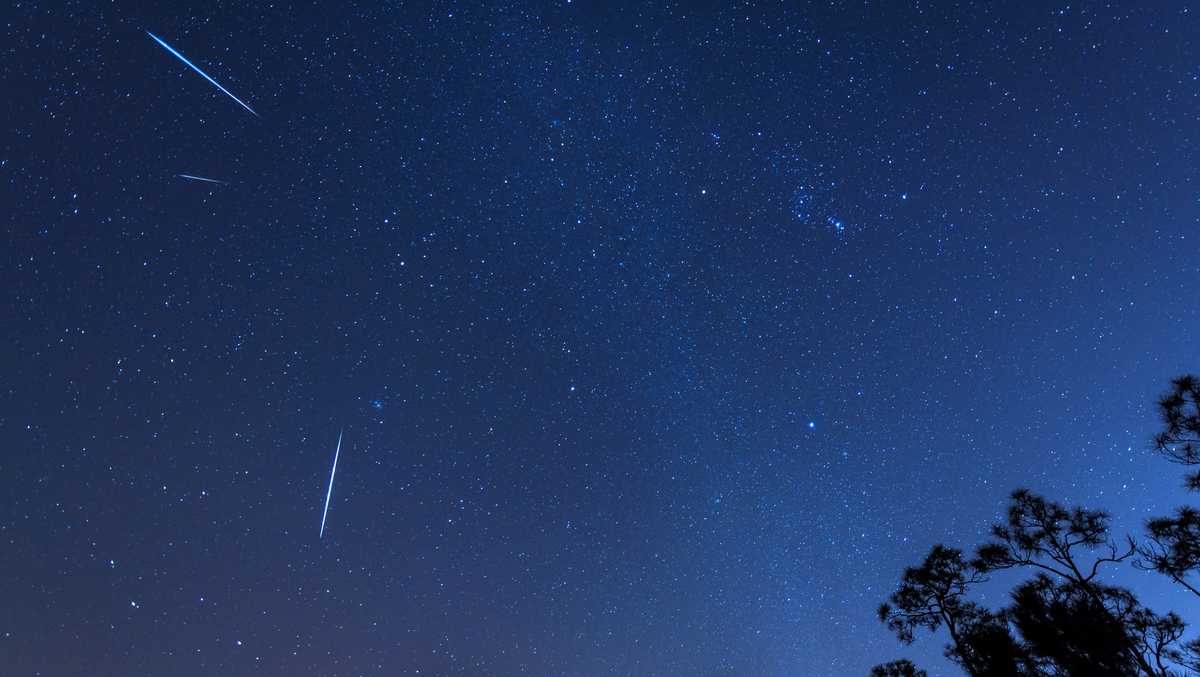Prime Viewing Times for Tomorrow’s Meteor Shower Unveiled

Here is the rewritten content with SEO optimization:
“`html
Editor’s Note: Check out this incredible video featuring a meteor captured on a dashcam in February 2023. The Geminids meteor shower is on the verge of peaking. Will this impressive celestial event be visible in North Carolina or Virginia?
Overview of the Geminids Meteor Shower
The Geminids meteor shower, one of the most spectacular and reliable annual meteor showers, peaks each year in mid-December. According to NASA, it has grown to become a major meteor shower event. It’s mostly active from November 19 through December 24, with a peak expected on December 13-14.
Expected Number of Visible Meteors
Under ideal viewing conditions, NASA predicts that viewers could witness up to 120 Geminid meteors per hour. The Geminids are known for their brightness, speed, and distinctive yellow color as they streak across the sky.
Viewing Tips for the Geminids Meteor Shower
The best time to enjoy the meteor shower is during the night and pre-dawn hours, usually beginning around 9 or 10 pm and peaking at approximately 2 am. For optimal viewing experience, select a location far from city or street lights. The darker, the better. Position yourself comfortably with your feet facing south and try to take in as much of the sky as possible. Remember, it can take about 20 to 30 minutes for your eyes to fully adapt to the darkness.
Click here to see an amazing video captured by WXII 12 viewer Sean Allen of a meteor in the area of Pilot Mountain.
Viewing Geminids Meteor Shower in North Carolina and Virginia
The answer is a resounding yes! While the meteor shower is expected to peak this week, meteors can typically be seen streaking across the sky for several days before and after the peak. The East Coast should have clear, moonless skies in the evenings from Tuesday, December 12 to Friday, December 15. So, bundle up, find a dark spot, and look skyward!
What Exactly is a Meteor?
Most meteors originate from leftover comet particles, with a few comprised of rocks and minerals from passing asteroids, states NASA. When a meteoroid, about 60 miles above Earth’s surface, enters the upper atmosphere, it heats up due to air friction. The resulting heat causes surrounding gases to glow brightly, creating a meteor. While most meteors emit white light, Geminid meteors often display different colors due to the varied minerals in the asteroid fragments.
Share Your Meteor Videos
Have you recently captured a meteor on camera? We’d love to see it! You can upload it to our site. Don’t forget to include your name and sighting location.
Other captivating celestial sights this year include the Northern Lights!
“`
Meta Description
Catch the spectacular Geminids meteor shower, peaking mid-December! Find out the best viewing techniques and share your meteor sightings with us.
Title
Witness the Spectacular Geminids Meteor Shower – December 2023
“`
—
Read More North Carolina News

Leave a Comment